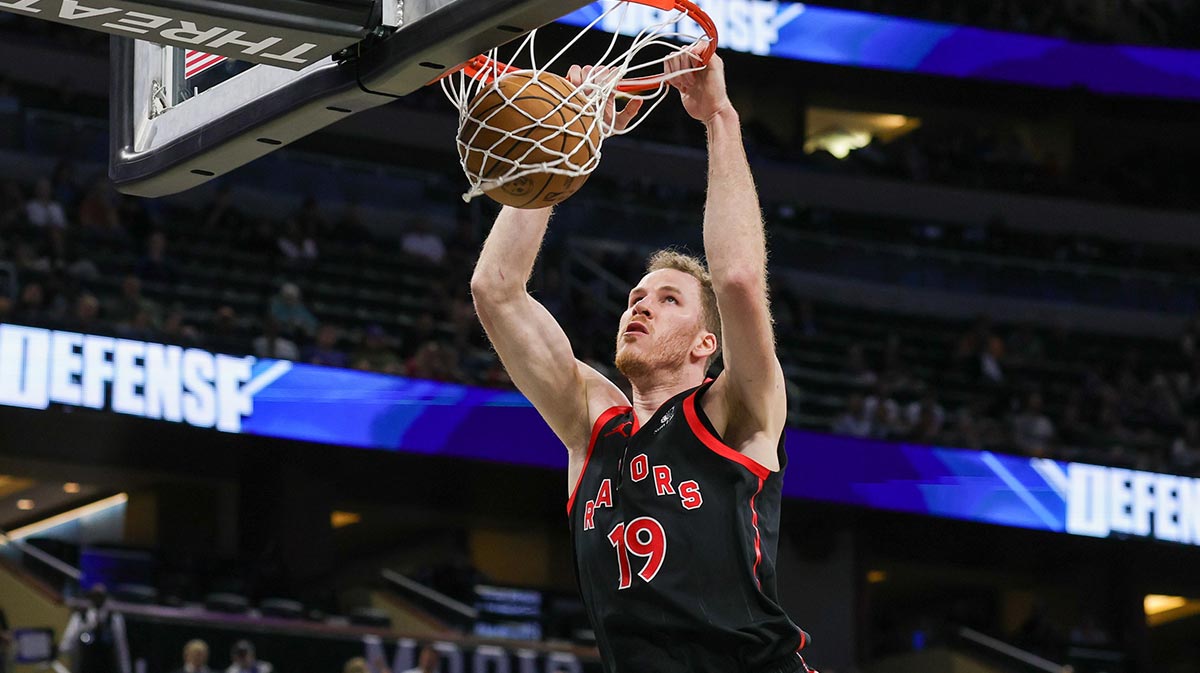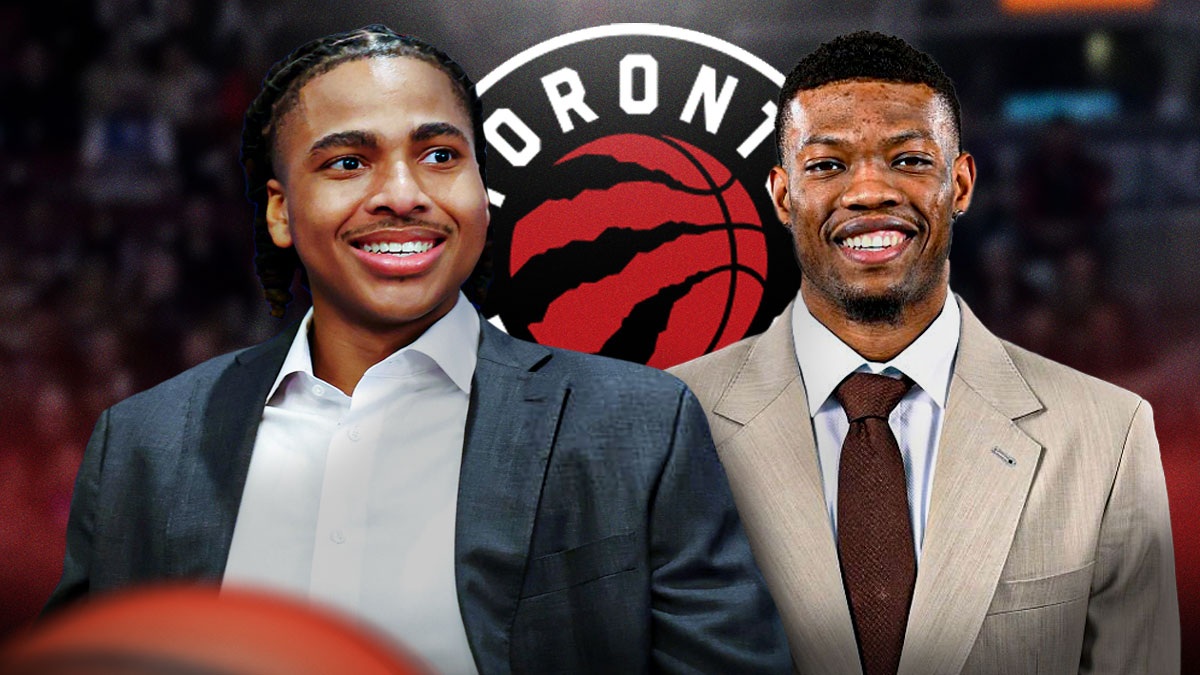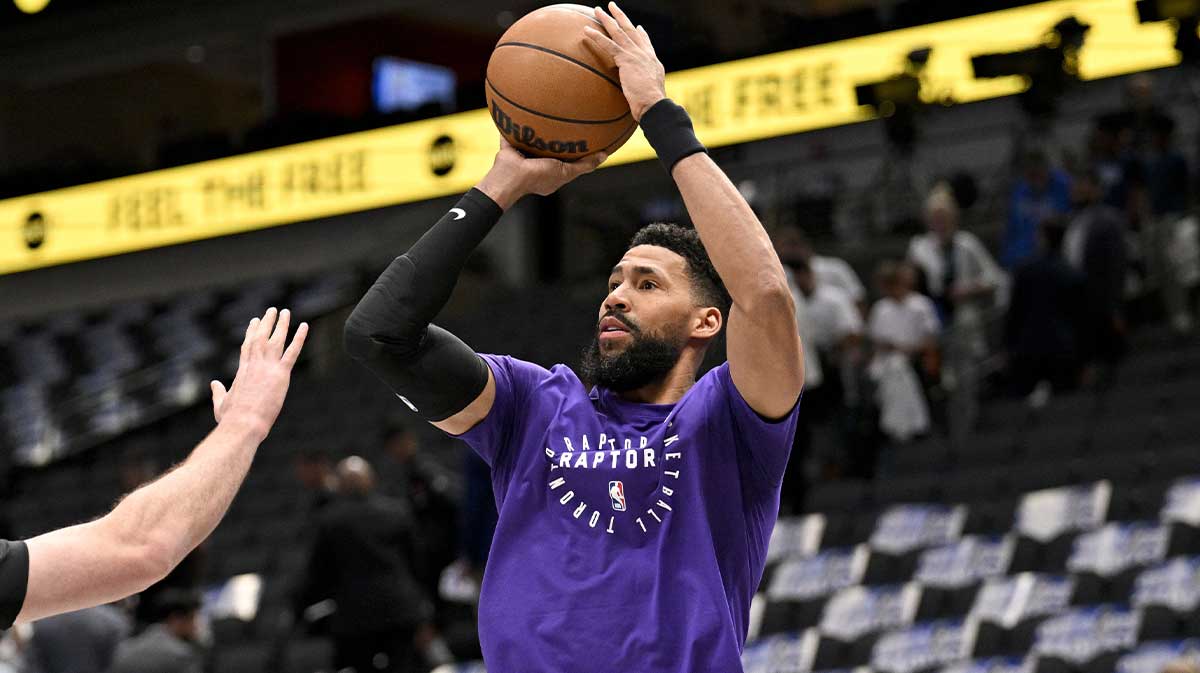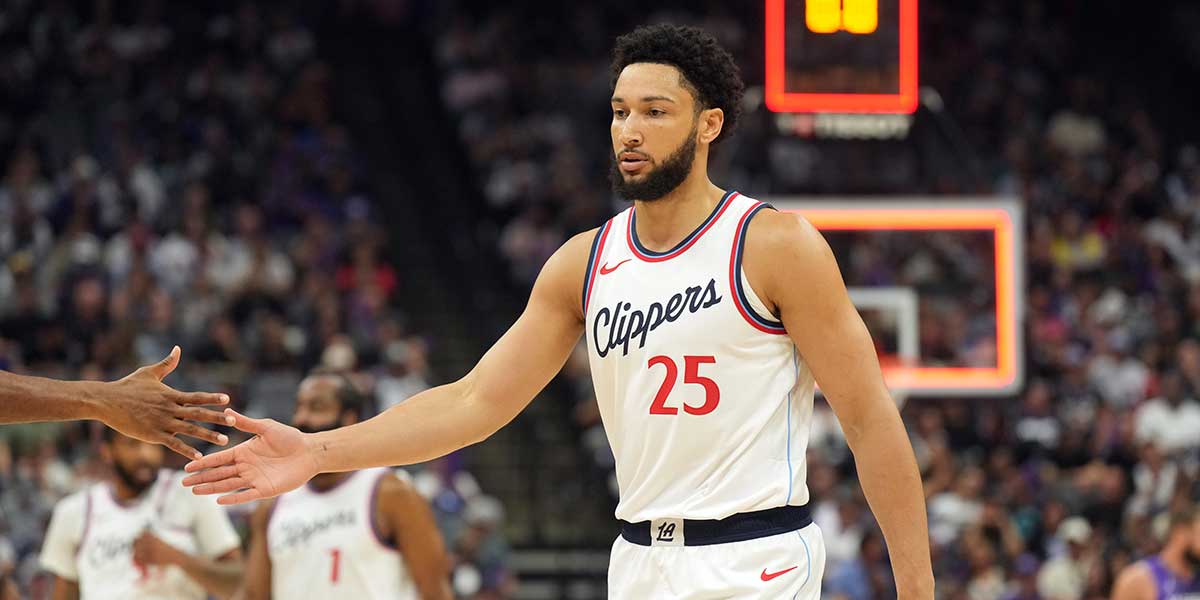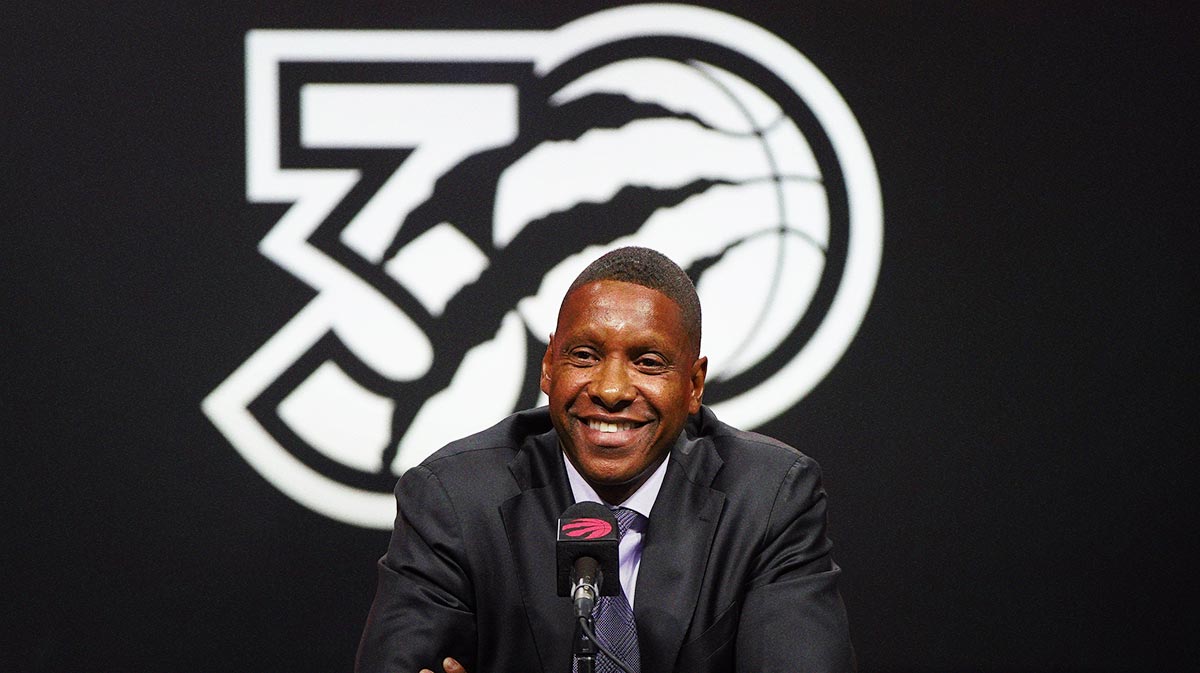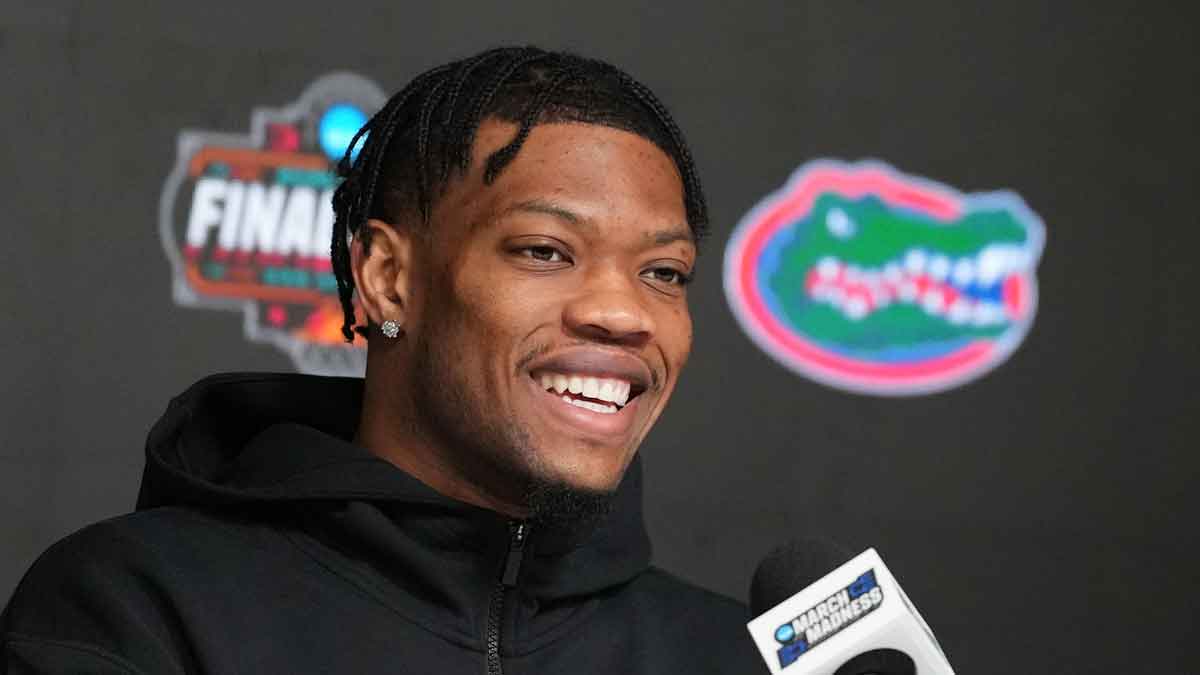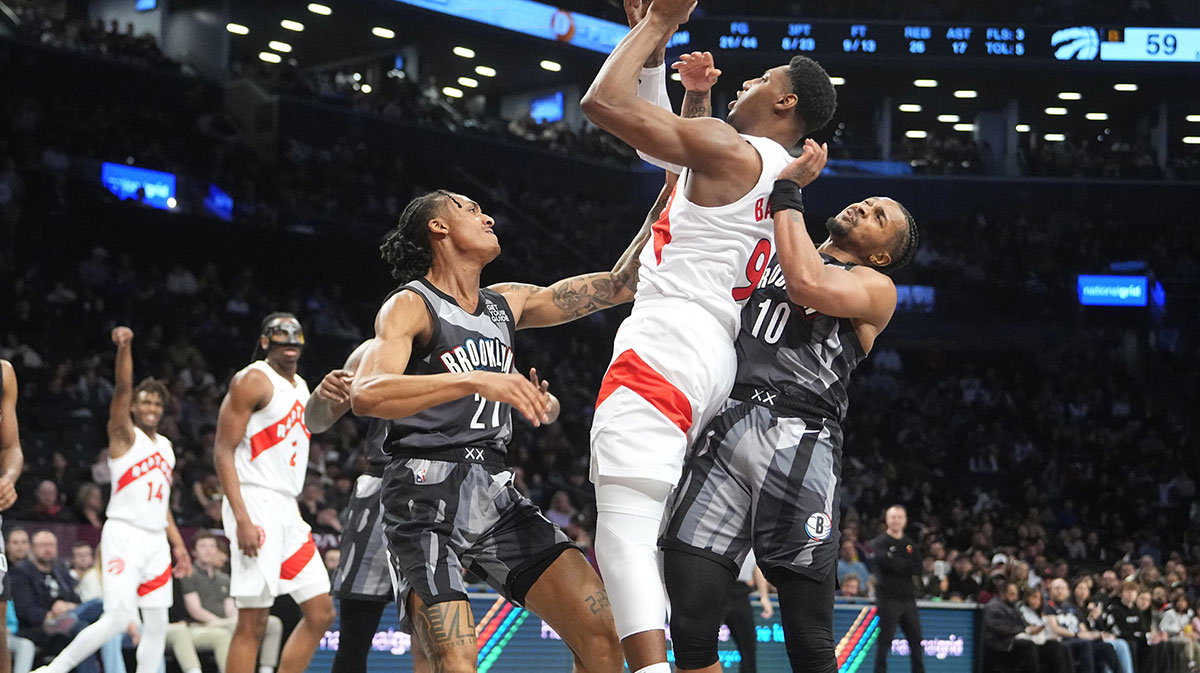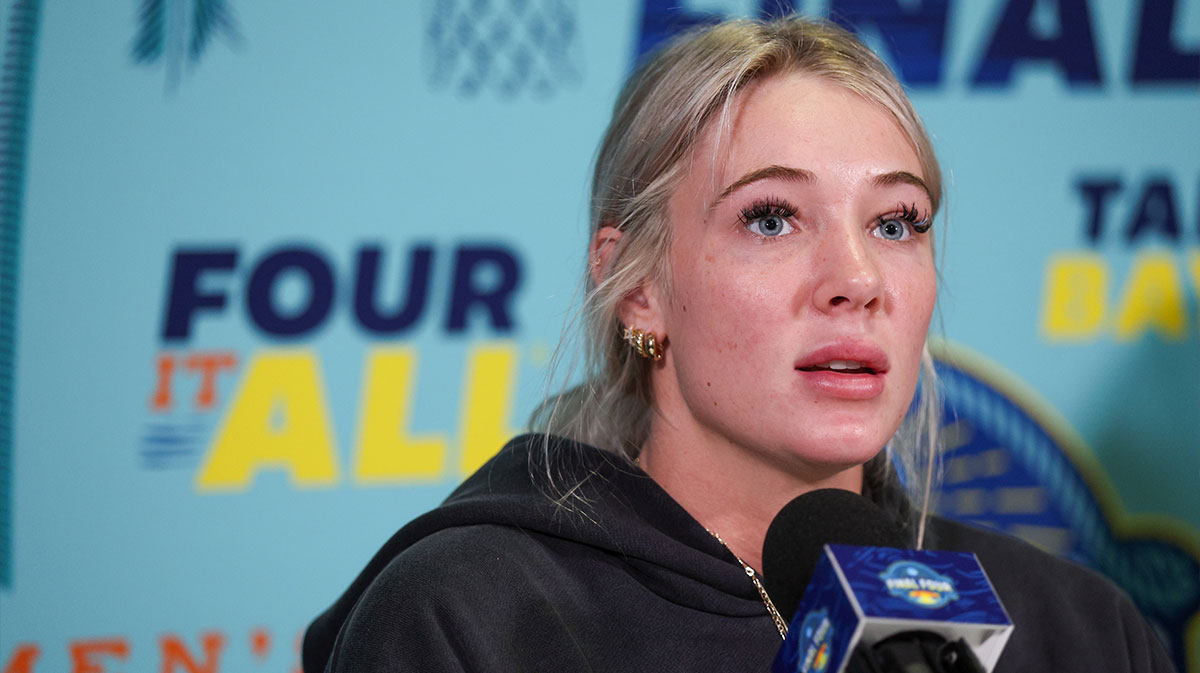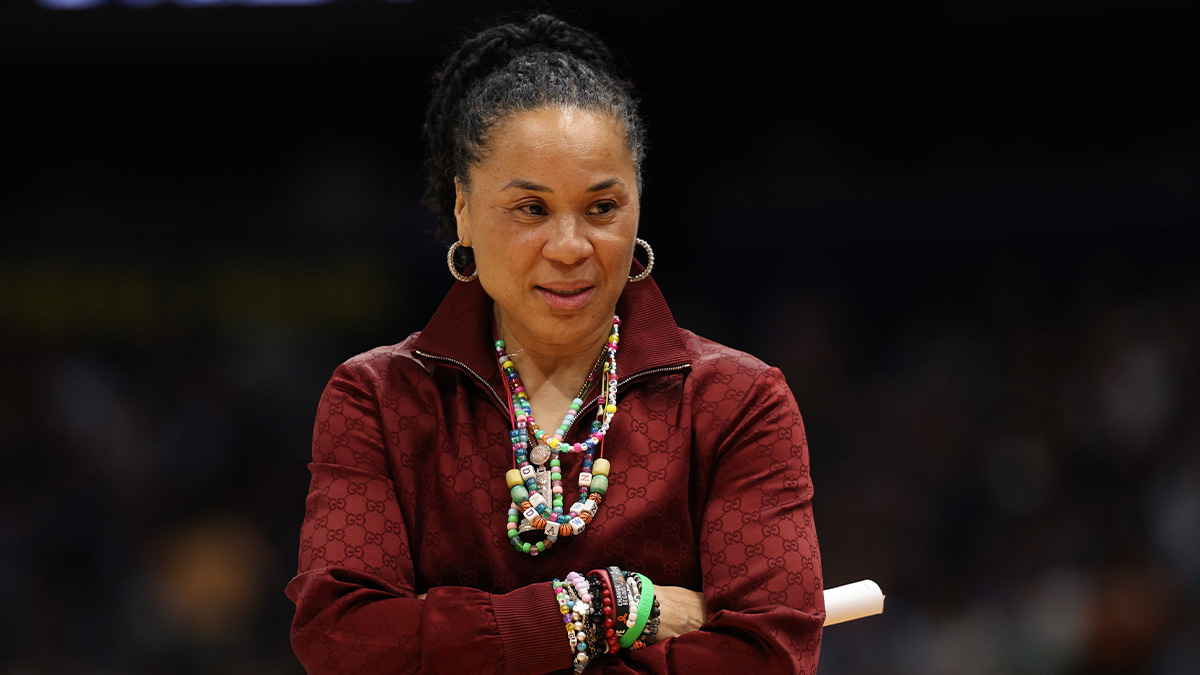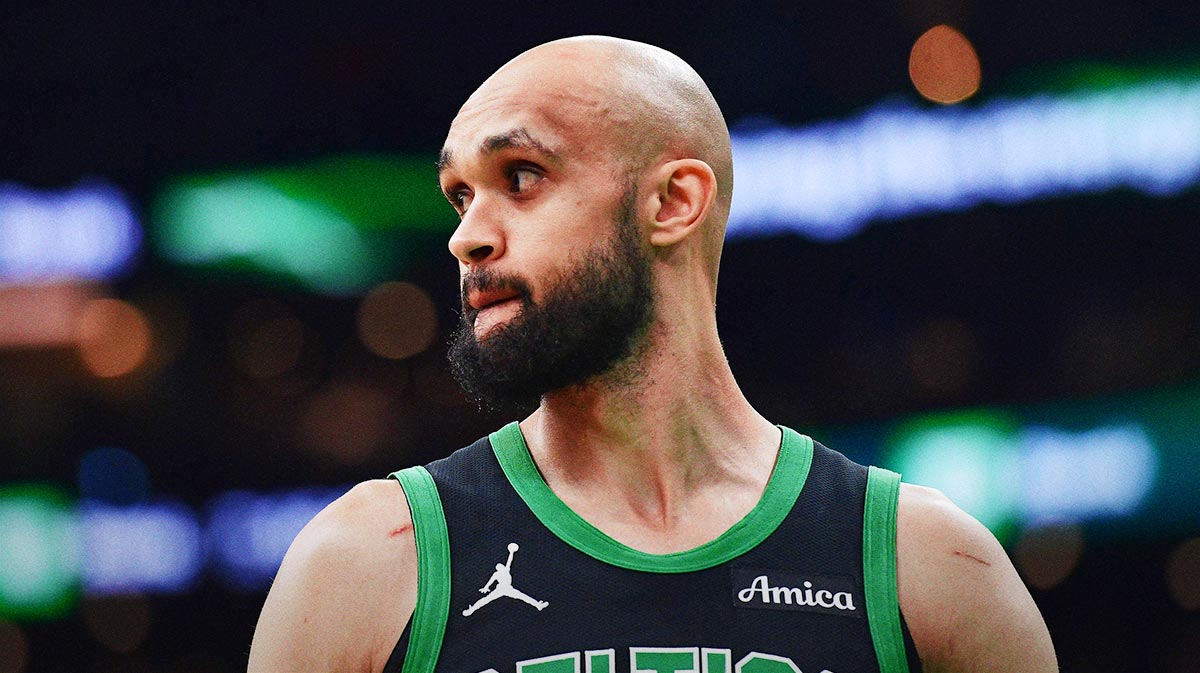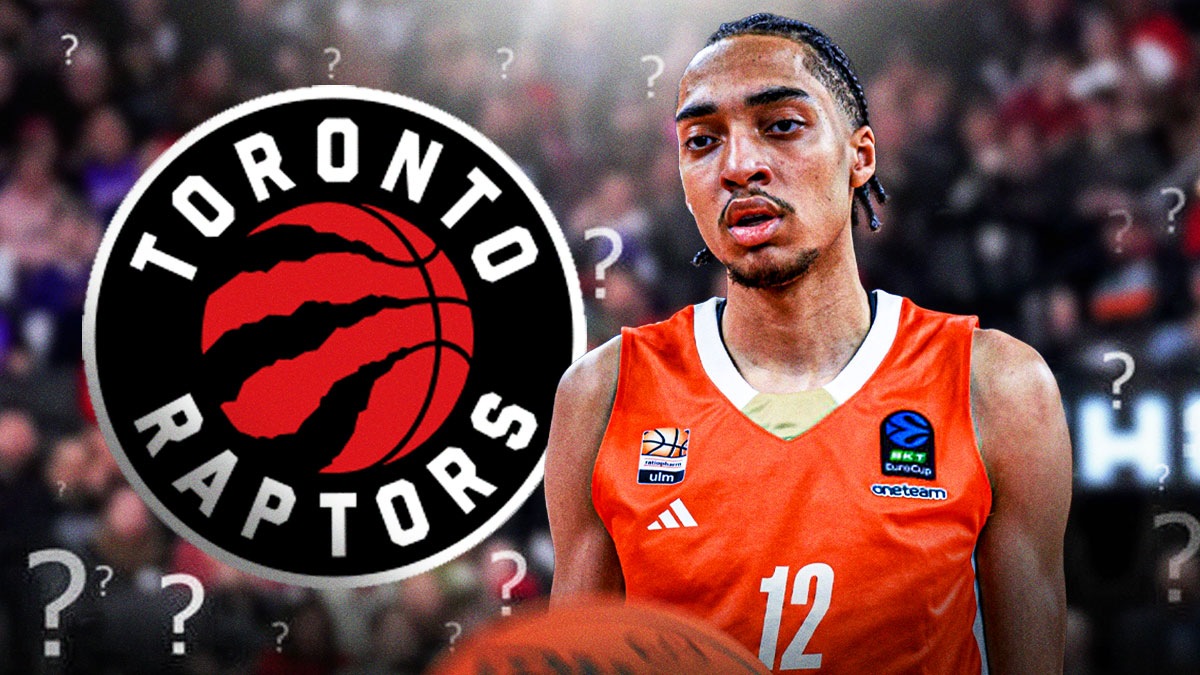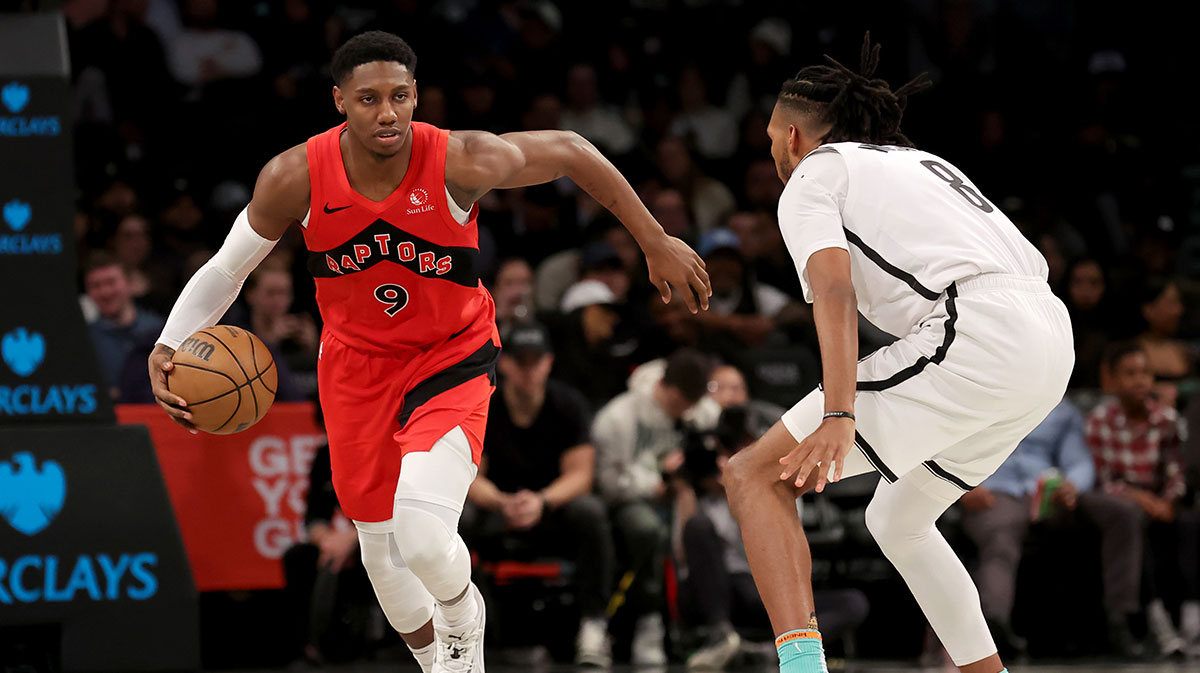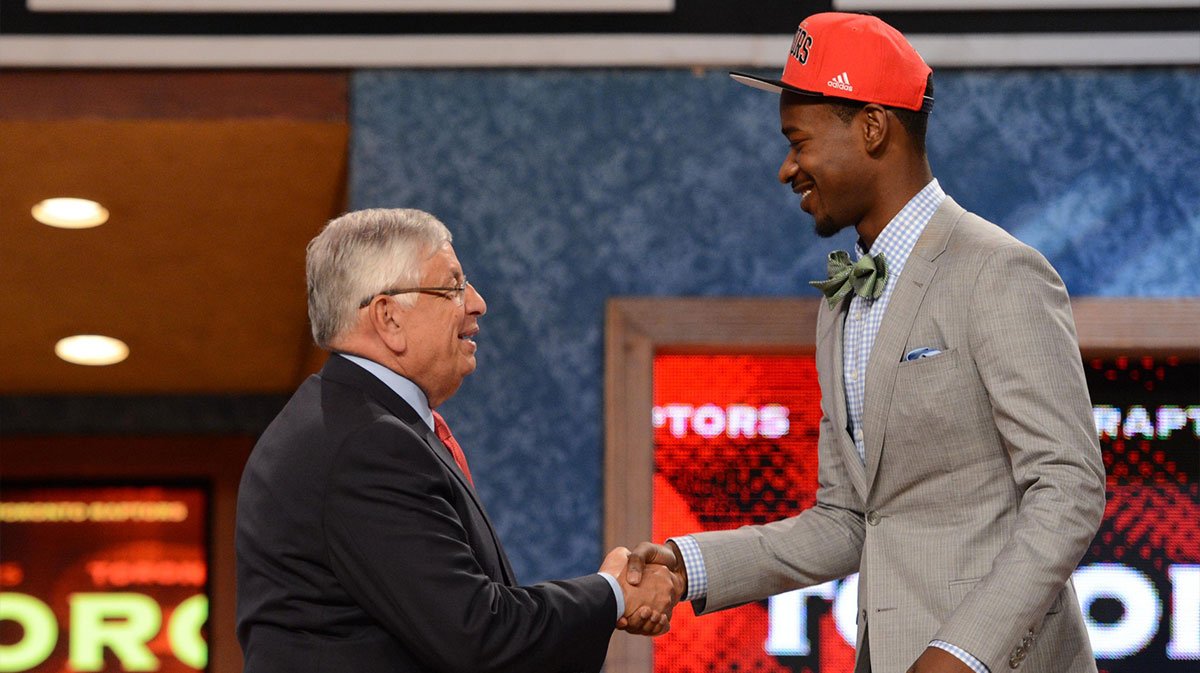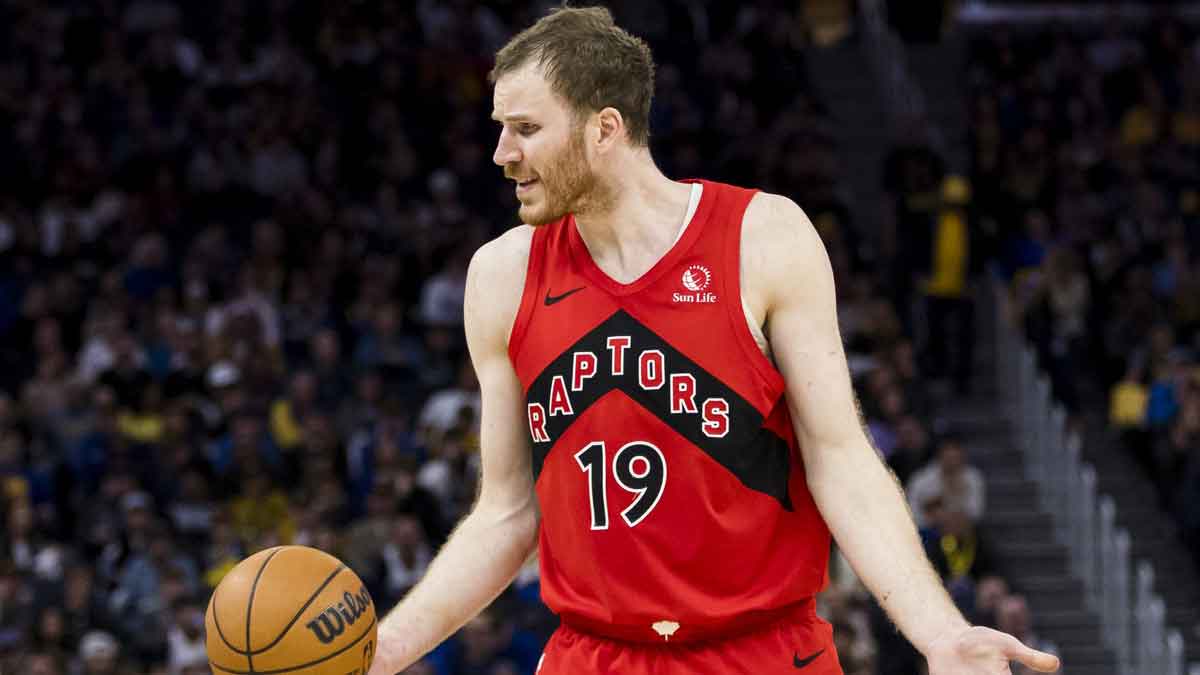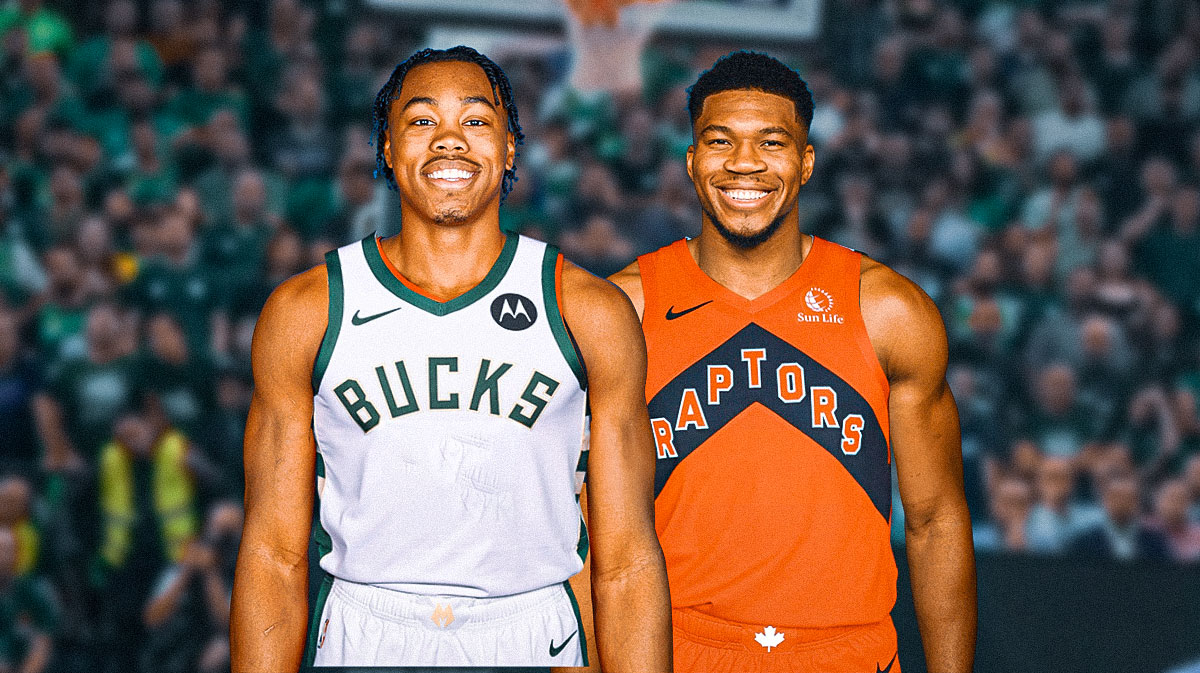For the Toronto Raptors, integrating Marc Gasol at the trade deadline was always going to be an intricate process. This wasn't a team struggling to stay alive in the heat of a playoff race. It wasn't even an organization dealing with the pressure of a disgruntled superstar, similar to the 2007-08 Los Angeles Lakers that traded for Pau Gasol to boost their championship odds.
It was a franchise glancing at the rest of the conference and making a low-risk move that had the possibility of lifting their postseason ceiling. Toronto was 40-16 and willingly threw a curveball into head coach Nick Nurse's offensive system. Throughout his years in Memphis, Gasol had been a playmaking hub at the center position and one of the best decision-makers with the ball. He left the Grizzlies this season averaging 70 passes per 36 minutes, which was the second-highest in the league behind Nikola Jokic.
Even if the first 12 games of the Gasol experiment haven't tilted the perception of the East, it's still important to remember how little Toronto had to risk in the trade. President Masai Ujiri had to part with Jonas Valanciunas (one more year left on his contract after this season), Delon Wright (set to become a restricted free agent this summer), and a 2024 second-round pick. They also threw in C.J. Miles, but he hadn't played well consistently since joining the Raptors.
Valanciunas' bench scoring and Wright's ability to get to the rim and create for others as a point or combo guard were likely difficult to toss away. However, the idea of adding veteran playoff experience and a more valuable defensive center than Valanciunas could not be ignored. The worst-case scenario for the franchise is still the same: They fall short of making the Finals, Kawhi Leonard walks, and they possibly field offers for Kyle Lowry and Serge Ibaka on expiring deals.
Gasol has a player option worth $25.6 million this summer that he can opt out of if he's searching for more guaranteed money elsewhere. Valanciunas wasn't viewed as a long-term building block for the future anyway, so putting all the chips on the table for this particular playoff run was logical. They went all in with a backup plan of hitting the reset button if this fails.
Since the 34-year-old big man entered The North, Toronto is 8-4 with losses to the Orlando Magic, Houston Rockets, Detroit Pistons, and Cleveland Cavaliers. Gasol has only started five of those games and is playing just 22.8 minutes per night — 11 fewer than he was in Memphis before the trade deadline.
Merging Gasol into the offense is still a work in progress. In the last month, a few games have signaled positivity and others have led to the Valanciunas hive prematurely yelling “I told you so!” when Gasol struggles.
Thus far, Gasol is scoring 14.0 points per 36 minutes while shooting 48.0 percent on 2-pointers and only 28.6 percent on 3-pointers. All 14 of his 3-point attempts have been off catch-and-shoot scenarios. He has dialed back his 3-point attempt rate while trying to mesh with his new teammates, as 32.4 percent of his shots in Memphis came from beyond the arc and now it's down to just 14.7 percent. Remember, Ibaka has gone through the same stylistic switch this season, taking just 19.5 percent of his shots from long distance compared to 38.0 percent in 2017-18.
Around the rim, Gasol has actually performed up to expectations. Even at this stage of his career with a glaring lack of quickness, he still has the old-man strength necessary to power his way to the basket. That goes along with his intelligence to read defenders and leverage his size against them. As long as his footwork is adequate, he'll always be able to create enough space to finish:
Gasol is 15-of-22 (68.2 percent) within four feet of the basket since the trade, but only 8-of-22 (36.4 percent) on mid-rangers past the foul line. That has been his offensive weakness over the last month.
However, in the short time he has been on the floor, his playmaking has stood out the most. The Raptors' team assist percentage — the proportion of buckets generated by an assist — climbs to 67.1 percent when he's on the court. Usually, that's around 61 percent when Ibaka is playing with the other four starters.
There are the simple plays any center can make, and then there are reads only a small handful make consistently.
Whether it's setting up in a variation of HORNS and facilitating to a cutter from either side …
… or finding the best possible option once he catches on the short roll, Gasol has tried to sprinkle his abilities throughout the offense without stopping the ball or using possessions himself:
In the second play there, Gasol is coming off the pick-and-roll with Lowry, and what he sees upon catching the ball is the weak-side corner defender rotating over to stop his roll to the rim, plus two other Miami defenders with their full attention on the paint:

It points to the Raptors' off-ball movement and chemistry that most of their wings know precisely when to cut, despite having so many injuries and roster changes this season. OG Anunoby takes advantage of Josh Richardson turning his back and darts directly to the ball as Gasol hits him at the perfect time. The big man had the option of finding Jeremy Lin open in the corner, but read that Goran Dragic could've closed out well. Gasol reads plays this quickly all the time and typically makes the right decision.
Unsurprisingly, the Lowry-Gasol tandem is already looking similar to what the Spaniard had in Memphis with Mike Conley. Where Gasol and Lowry have found their success so far is with Gasol at the top of the arc (or elbow) and Lowry baiting his defender into thinking he's coming to receive a handoff. Then, he'll zip past them while cutting to the basket. Gasol's passing on these types of possessions is well-documented, but it's still crazy how accurate and timely he is on different variations — high-low overhead passes or feeding his guards with bounce passes toward the rim:
Lowry has connected on 17 of the 28 shots that have come off a Gasol pass (60.7 percent efficiency), including 9-of-14 from 3-land. Of course, this connection extends to Norman Powell in flashes, since Gasol has also enjoyed him as a cutter.
So, if Gasol is already distributing nicely at the center position and giving the Raptors an extra form of offense, why does it feel like the team is just hovering above mediocrity since the trade? After all, they are only 10th in net rating since the deadline, outscoring teams by just 2.8 points per 100 possessions despite going 8-4.
Well, Gasol has fit in seamlessly with the starting group of Lowry, Leonard, Danny Green, and Pascal Siakam. When Gasol is on the floor with those four, Toronto's offense is scoring 118.1 points per 100 possessions, which would lead the league. But in the 23 minutes that Gasol and Lowry have shared the court with Powell, Jeremy Lin, OG Anunoby, they haven't generated the same success:

As always, there is a ton of noise in lineup data. Add in the fact that it has only been 12 games worth of a sample size, and there's almost too much noise to consider anything indicative of how the rest of the season and playoffs will go.
The encouraging part for Toronto is that both lineups it will most likely be closing games with throughout the playoffs — the top two in the graphic — have torched opponents offensively. The Ibaka-plus-starters group has received a lot more time than the Gasol-plus-starters lineup, mainly because it has been such a dominant beast on defense. A lot of that is because of the continuity and chemistry factor, but it could also be that Ibaka at 29 is a better and more mobile defensive center than Gasol at 34.
The most shocking part of the starting lineup with Gasol is that their pace is over 109.5 possessions per 48 minutes — wicked fast for an older guy in the middle.
We won't fully know what Gasol has left in the tank defensively until he gets acclimated with the Raptors' schemes and has to defend the top-tier offenses in the East playoffs. It will still take the rest of the regular season (14 games) for Gasol to develop enough cohesion with Leonard, Lowry, Siakam, and Green to know when they want to switch, when they don't, and under which circumstances they want to enter drop coverage on the pick-and-roll or when they want to hedge. Becoming tied together as a defense takes a lot longer for basketball players to achieve than figuring out how to score effectively on the other end.
Looking solely at the two-man combinations for Toronto since Gasol's first game, another positive sign is that when he has shared the floor with Lowry, Siakam, or Green, the team's defensive rating is either at a top-seven level or better. Allowing 107.2 points per 100 possessions used to be a lot, but due to the offensive boom across the league, that's still well above league average.
It's clear, however, that putting Gasol and Lin on the floor together has caused some issues. They have played 100 minutes together in the bench unit and been, well, crushed:

Lost in all of this is something else the Raptors have to look forward to. The most important cog of Toronto's bench, Fred VanVleet, is on the cusp of returning to mitigate the bench damage. VanVleet has missed the last 11 games with a thumb injury, which has forced Lin to play over 20 minutes per game during his absence. With VanVleet returning, it gives them another shooter, smart off-ball player, and pick-and-roll playmaker to pair with Gasol.
Nevertheless, it all comes back to the dilemma hanging over this team: The organization went completely all in on this year with the hope of reaching the Finals, hence the offseason trade for Leonard and midseason deal for Gasol. Is there enough time to make everything work around them?
The inconsistent rotations, due to injuries and load management, don't make things easy for Nurse in terms of playoff preparation. They have around a month to find the right combinations, get VanVleet back into rhythm, figure out if Gasol or Ibaka will be the best starting option, and develop the right habits before the first round begins.
What also doesn't help is when the superstar scorer rests for one or two games each week. That's removing 30 percent offensive usage from your team and then reinstalling it, over and over. It certainly doesn't maximize the time a team needs to jell after trading for a probable starter.
Gasol has been through so many different situations in Memphis, though, that perhaps he'll easily adapt when the games start to matter. The signs are there, but the Raptors still need to string together more competent performances on defense before they can view themselves as title favorites over Milwaukee.
*All stats via NBA.com*

